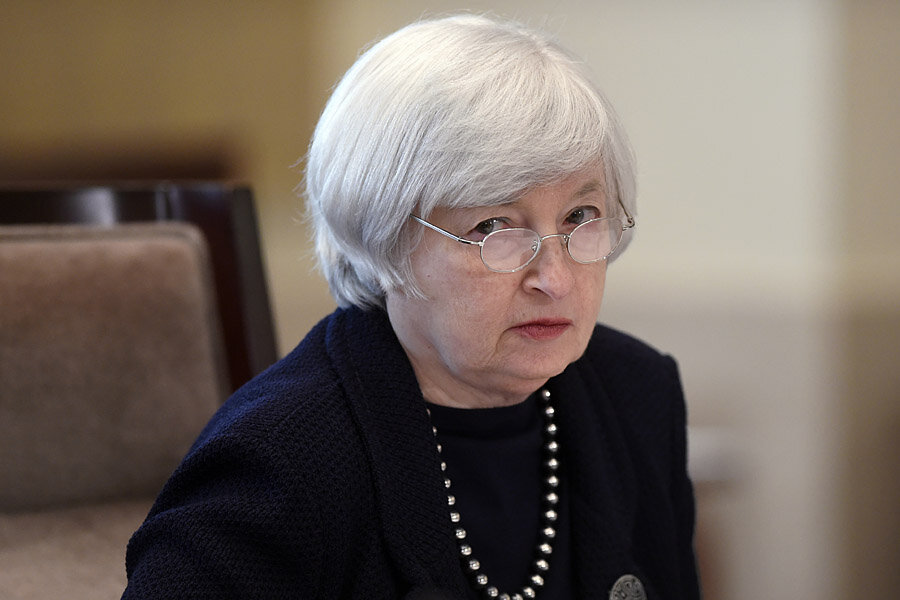Fed holds off, but consumers should still prepare for interest rate hikes
Editor's note: This story has been updated.
Analysts and investors were on the lookout Wednesday for hints on when the Fed will be making certain policy moves with big economic implications at the end of the Federal Reserve's September meeting, including the expected end of its bond-buying purchases next month and the eventual hiking of interest rates.
“The Fed is in a bit of a transition mode now, says Greg McBride, chief financial analyst at Bankrate.com, said in the lead-up to Wednesday's release. “Bond purchases are winding down, probably finishing completely in October. So the focus now shifts to interest rate policy.”
The Federal Reserve maintained its previous position on interest rates in its policy statement, keeping in its pledge not to raise interest rates "for a considerable time." The Fed also tapered its monthly bond buying another $15 billion, staying on track to end the program in October.
There was some speculation that the Federal Open Market Committee could make subtle moves to lay the groundwork for raising rates from zero. A tightening of monetary policy isn’t expected until at least the middle of 2015, but the Fed could use the September meeting to set such actions in motion.
“To get the ball rolling, the committee will soon adjust its forward rate guidance, which currently states that ‘it likely will be appropriate to maintain the current target range for the federal funds rate for a considerable time after the asset purchase program ends,’” an analysis from economists at IHS Global Insight reads. “It is the ‘considerable time’ part that will be dropped to signal that rate hikes are close.”
But, IHS cautioned, recent economic reports could slow things down. “Even if the Fed was contemplating making the change next week, the disappointing August jobs report will likely stay their hand.”
Despite a disappointing August, labor market growth has been strong over the past six months, and Mr. McBride points out that better-quality jobs are being added than a year ago. But, IHS notes, the Fed will want to “be sure that what was probably a fluke was in fact a fluke. We think that the December meeting is the more likely timing for this change to lay the groundwork for an actual rate hike at the June, or possibly September, meeting in 2015.”
Household income and inflation have also been muted, another factor that also slow things down. The Consumer Price Index sank to its lowest level in a year in August, according to data released Wednesday by the Commerce Department.
“They want to convey that they do not have a specific date circled on the calendar, but that they are data dependent,” McBride says. “Like the rest of us, they’re watching [economic data like jobs reports and GDP figures] come in and gauging when the economy will be healthy enough to withstand the higher interest rates.”
Still, he says, higher interest rates are on the way, and consumers should take steps now to prepare for the inevitable. “Pay down variable rate debt, especially things credit card debt, but also have eye on home equity lines and adjustable rate mortgages, recognizing that the rate is likely to increase over the next few years. You don’t want to be caught flat-footed.”
He also warns investors not to get distracted by stock market volatility, which could increase as the Fed moves (however slowly) to action. You want to stay consistent with the appropriate investment stance for your long-term goals,” he says. “Also, that short term volatility works to your benefit if you’re investing in a 401(k) or something else with a regular contribution. “Instead of running volatility you should embrace it. Pullback gives you more buying power with your next paycheck contributions.”







